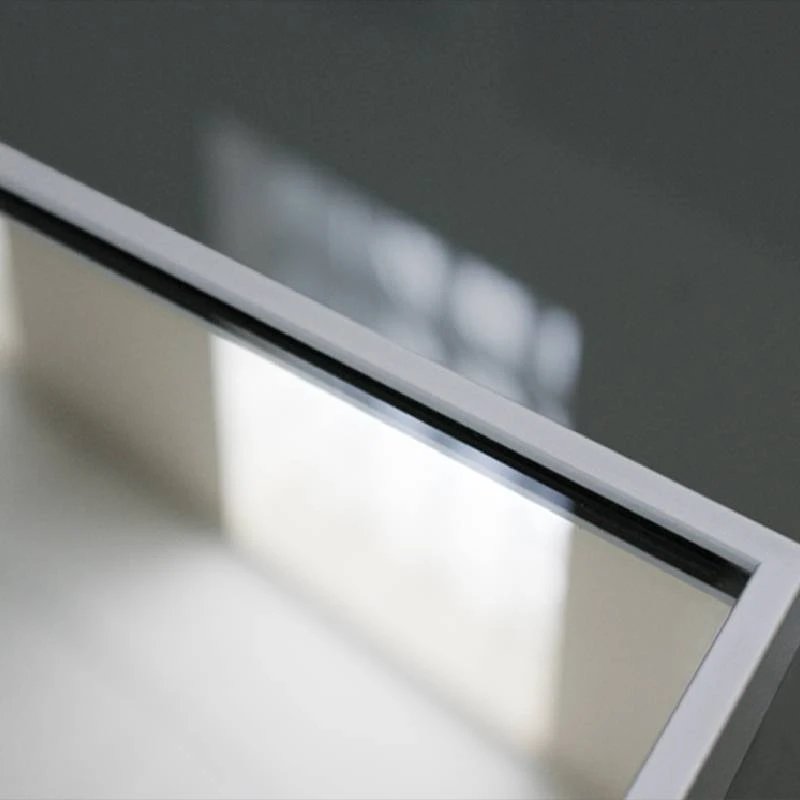

The Fascinating World of Mirror Glass Factories
In the heart of industrial innovation, mirror glass factories stand as a testament to human artistry and engineering prowess. These facilities specialize in the complex and meticulous process of creating mirrors—one of the most prevalent yet often overlooked components of our daily lives. From the mirrors in our bathrooms to the reflective panels in skyscrapers, the production of mirror glass is a remarkable blend of science and craft.
At the outset of the process, high-quality raw materials like silica sand, soda ash, and limestone are selected for glass production. These materials undergo melting in a furnace at temperatures exceeding 1,700 degrees Celsius. The intense heat transforms them into a molten glass that is smooth, homogeneous, and ready for shaping. This stage is crucial, as any impurities can compromise the clarity and reflectiveness of the final product.
The Fascinating World of Mirror Glass Factories
One of the defining features of mirror glass is its reflective coating, typically made from a thin layer of silver or aluminum. The application of this coating is a delicate process. In many factories, a technique known as vacuum metalization is used to deposit a layer of silver onto the back of the glass. This method not only enhances reflectivity but also protects the silver from tarnishing. Following this, a protective layer is applied to safeguard the silver coating, ensuring longevity and durability.

The final stage involves cutting the mirror glass into desired sizes and shapes, depending on its intended use. This may range from small vanity mirrors to large wall-mounted mirrors and even intricate designs for artistic installations. Quality assurance remains paramount throughout this phase, as mirrors must meet specific standards for clarity and reflectiveness.
Moreover, mirror glass factories are increasingly adopting eco-friendly practices to minimize their environmental impact. From optimizing energy consumption in furnaces to employing sustainable materials, these factories are making strides in responsible manufacturing. Additionally, advancements in technology allow for the recycling of glass, further reducing waste and promoting sustainability in the industry.
In recent years, the demand for specialized mirrors has soared, spurred by trends in architecture, interior design, and technology. Smart mirrors, which integrate digital displays and interactive features, are becoming increasingly popular, pushing mirror glass factories to innovate further. The integration of smart technology requires precision and expertise in both glass-making and electronics, paving the way for exciting developments in the field.
In conclusion, mirror glass factories are more than mere production facilities; they are hubs of creativity, craftsmanship, and innovation. From the meticulous selection of raw materials to the final inspection of reflective surfaces, every step in the process reflects a commitment to quality and excellence. As the demand for mirrors continues to grow, these factories will undoubtedly evolve, embracing new technologies and techniques to meet the evolving needs of consumers. In a world where reflection has both literal and metaphorical significance, the mirror glass factory remains a vital player in shaping our environment and experiences.